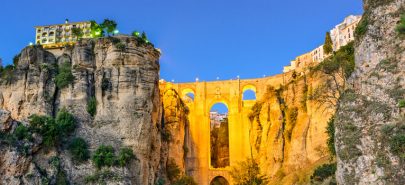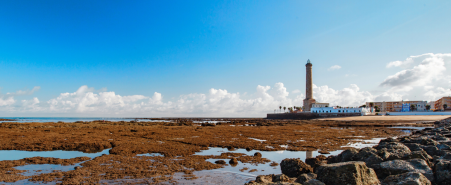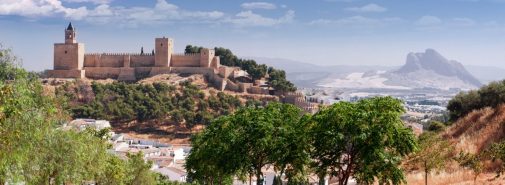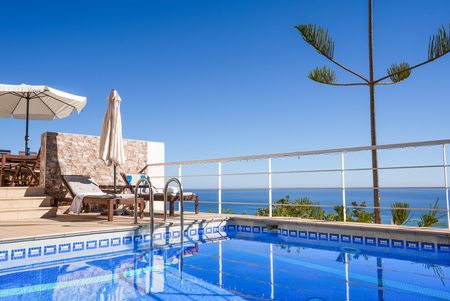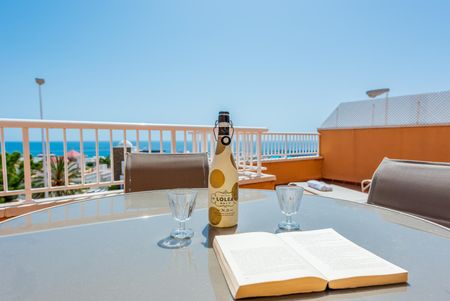Discover what to see in Mojacar and get to know one of the most charming towns of Spain.
In 2003, the white town of Mojacar was declared one of Spain’s prettiest towns. And it is no wonder why. It is located on a hilltop, 170 metres above sea level, at the end of Sierra Cabrera, on the eastern side of Almeria province. It’s definitely the perfect area to spend your holidays!
It is composed of two parts: Mojacar Pueblo (the town) and Mojacar Playa (the beaches). The beaches of Mojacar are some of the most appealing seashores of Almeria. Of the 17 km worth of virgin and touristic beaches, 7 km have been granted the Blue Flag, so they are worth a visit, especially if you know that they are part of the magnificent natural park of Cabo de Gata.
History of Mojacar: find out the origins and the development of this white town
Mojacar, whose name derives from “Monxacar”, meaning Holy Mountain, owns a thousand-year-history, starting from the Prehistory, welcoming Phoenicians, Celts, Greeks and Romans, until the Moorish kingdom.
Regarding the Catholic Reconquest, Mojacar is the protagonist of a peculiar, yet significant, episode. In fact, in 1488, when all the towns of the region had surrendered to the Catholic Monarchs, Alavez, the Moorish ruler of Mojacar, refused to hand the town over.
When asked why he hadn’t shown up at a meeting held at Fuente Mora (the Moorish Fountain of the town), he reportedly said that he was as much Spanish as the Catholic Monarchs and that he never wanted to engage in a war against Christians. He then added that he wanted the inhabitants of Mojacar to be treated as brothers, and not as enemies, thus letting them cultivate the lands and rule the town. King Ferdinand and Queen Isabel agreed and accepted Alavez’s pledge of loyalty and the village kept prospering.
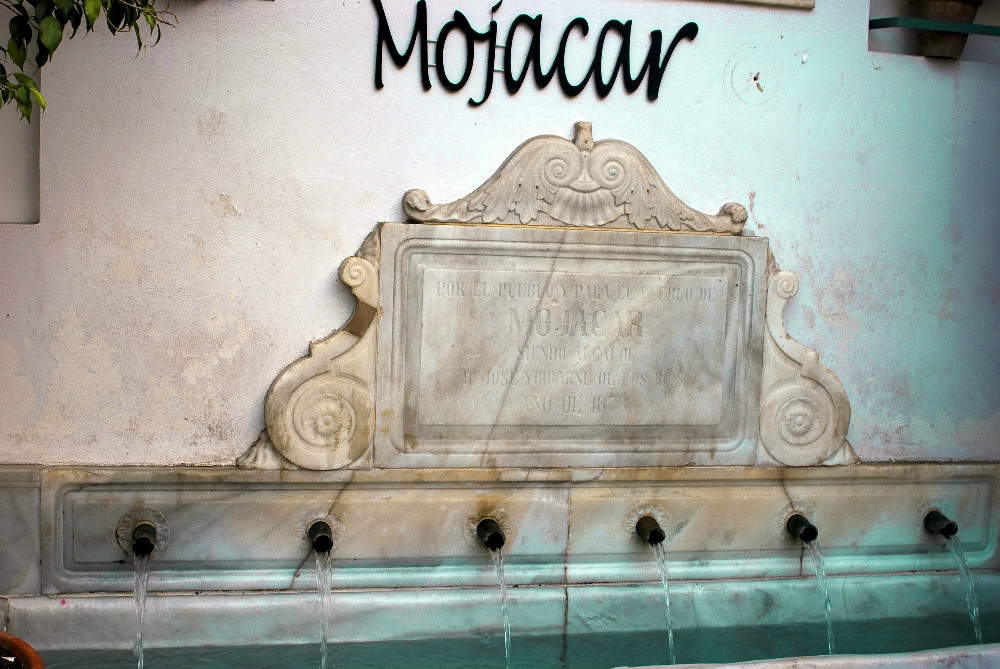
After silver had been discovered in Mojacar at the beginning of the 19th century, the town lived a period of economic prosperity, which, however, didn’t last long. In fact, at the start of the 20th century, the mines got closed, and the town suffered wars, droughts and diseases. The Civil War and the post-war depressions enhanced these problems, leading to a drastic drop in population.
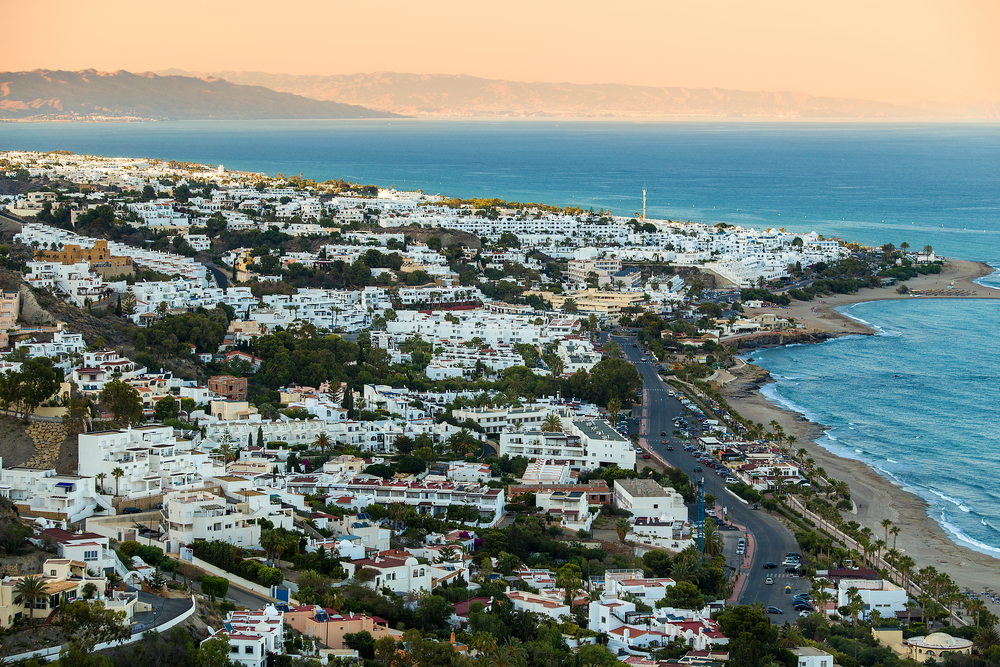
It was only in the 1960s when the mayor of Mojacar began offering lands to those who would commit to restoring the ruined town. In fact, up to then, Mojacar even lacked running water. The mayor’s proposal was extremely appealing to artists, intellectuals, and journalists from every part of the world, who had fallen in love with Mojacar’s location and long-time history.
Alongside the renovation of Mojacar Pueblo’s houses and streets, new residential areas began to be built on the seashore, thus giving birth to the impressive Mojacar Playa.
Nowadays, Mojacar still preserves the Moorish atmosphere, which mixes with the modern and contemporary architecture, providing the town with a unique environment.
The Indalo
A stylised man with an arch over his head was found in the Cueva de Los Letreros, in the nearby town of Vélez-Blanco. Its name, Indalo, comes from the Iberian word “Indal”, which means powerful and protector god. This image is quickly found practically everywhere in Mojacar, painted on walls or sold as souvenirs. It was believed to shield the inhabitants of Mojacar from the bad spirits (thus representing a man with a rainbow on his head), as well as a religious idol (a hunter with a bow).

Whichever the interpretation, the Indalo has become the worldwide known symbol of Mojacar, which was also borrowed by the province of Almeria as its emblem.
Discover Disney’s birthplace (or maybe not?)
Did you know that Mojacar is believed to be Walt Disney’s true birthplace? In 1901, during the time of migrations, a baby Jose Guirado Zamora, born by the adulterant relationship between the washer Isabel Zamora and the powerful Gines Carrillo, left southern Spain with his mother, directed to Chicago, USA. There, the baby ended up being adopted by Elias Disney and his wife.
Being it a legend or not, which you can read about here, Mojacar inhabitants firmly believe Walt Disney was one of them. And if you don’t take at our words, pay a visit to Tito’s El Beachbar, alongside the Paseo del Mediterraneo. You will know the history of Tito del Amo, an American that lived most of his life in Mojacar, and who was one of the most fervid believers of Walt Disney’s Spanish origins.
What to see in Mojacar
While in Mojacar, there are some places you definitely can’t miss out on taking a look at, since they will lead you into the deepest discovery of the thousand-year-old history of Mojacar. Let’s take a look at what to see in Mojacar, and the most famous monuments you will find in this picturesque white town of Almeria province.
- La Fuente Mora, the Moorish fountain where the last Moorish ruler peacefully surrendered to the Catholic Monarchs. Take your time to read through the commemorative plaque located above the twelve water sprouts. Next to it, you will also find the modern Centro de Arte Contemporáneo del Municipio, inaugurated in 2010.
- Puerta de la Ciudad, the original doorway to the town. It was built in the 16th century, and it is decorated with the emblem of the city, a two-head eagle.

- Mojacar Town Hall and the precious adjacent tiled square with the Indalo everywhere. In the centre, there is a century-old Ficus Benjamina is located, brought from America by an emigrant.
- Plaza del Parterre, with many flowers, was used as the Arab cemetery.
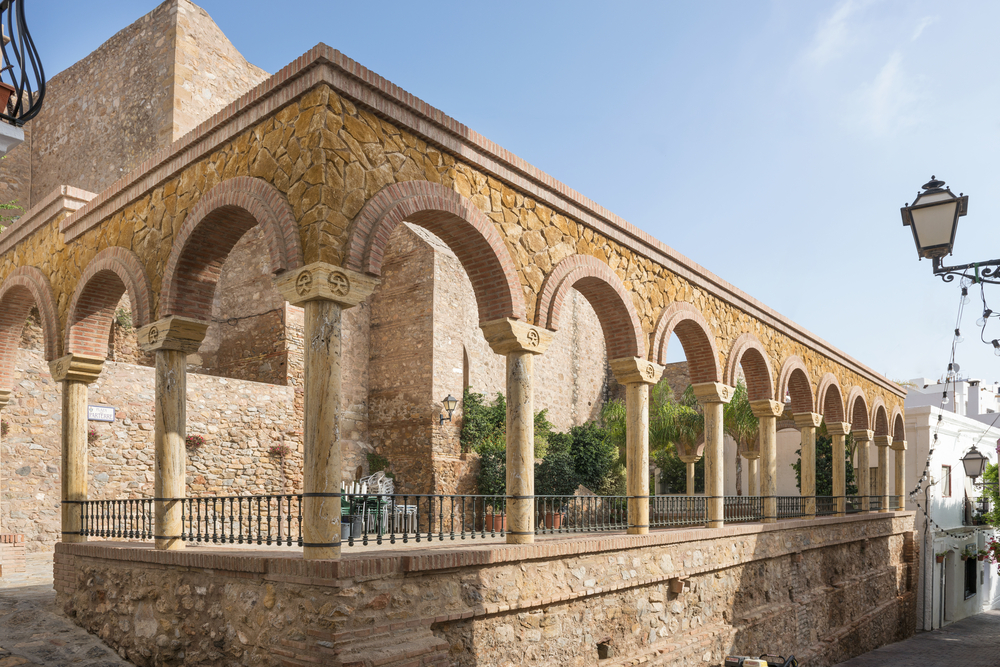
- Iglesia de Santa Maria. Located near the Plaza del Parterre, it reminds of a fortress for its structure. In the square in front of it, you will have the possibility to admire the “Statue of the Mojaquera”, a marble statue representing the women of Mojacar, dressed in the typical robes and underlying their role as water carriers.
- Plaza Nueva and the Mirador. Mojacar’s main square is always filled with lively tourists, drinking a copa at one of the comfortable bars or enjoying a breathtaking sunset from the Mirador. From there, you can revel in the views over the Sierras de Cabrera, Bédar and Almagrera, as well as the nearby towns and the river Aguas.
- Ermita de Nuestra Señora de Los Dolores, which was built in the 16th century on a Moorish Mosque. The Hermitage is nowadays a private property that welcomes a souvenirs shop.
- Barrio del Arrabal, the 17th-century Jewish Quarter of Mojacar, characterised by narrow streets and bright colours.

- The Torrejón, a renewed building that used to welcome the toll house, thanks to its closeness to the city door.
Bonus: Museo Casa de la Canana

If you want to jump back in time and find out how the inhabitants of Mojacar used to live in the early 20th century, you should stop by the Museo Casa de la Canana. Opened in September 2018, this 200-sq-mt house displays the traditional ambience of a Mojaquera house, completed with tools that were used at the beginning of the last century, and the traditional costume of a Mojaquera.
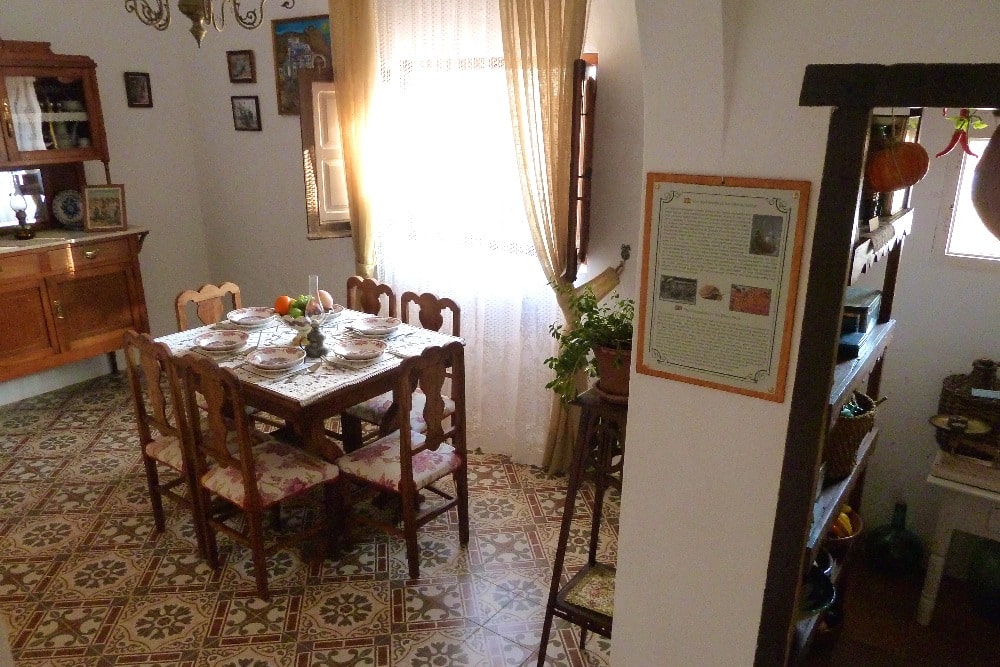
- mornings (Monday to Sunday): 10.30 am – 2.30 pm
- afternoons (Tuesday, Thursday and Saturday): 4.30 pm – 7 pm
Opening hours (summer):
- Monday to Sunday: 10 am – 2 pm; 6 pm – 10 pm
- adults: €3.50
- children (8-16 y.o.): €1
- discounts are available for groups of 5+ people, students and retired people
How to get to Mojacar
You can reach the white town of Mojacar either by car or by bus.
If you go by car, take the Autovía del Mediterráneo, from Almeria to Murcia and exit at 520 – Los Gallardos – Turre – Mojácar.
The closest train station is Almeria – Intermodal, located together with the bus station. Likewise, the nearest airport is that of Almeria. You can get here, and then reach the town by bus.
The bus company ALSA connects Mojacar with the main cities of Andalucia, Almeria included. The bus stops at the entrance of the town and on the coast, these two stops being connected by the interurban bus service.
Places to stay in Mojacar
Resting after discovering Mojacar, while enjoying the Andalusian breeze and a dip in the private pool, is what you deserve at the end of the day. Therefore, take a look at the holiday homes in Mojacar and the surrounding area. A true heaven on earth is waiting for you.
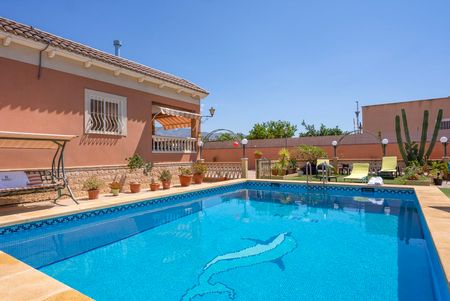
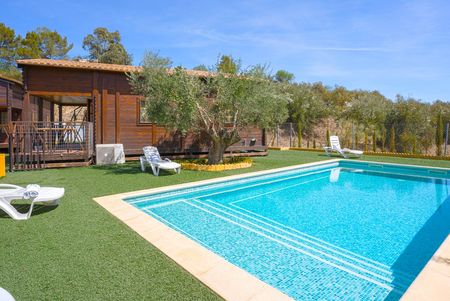
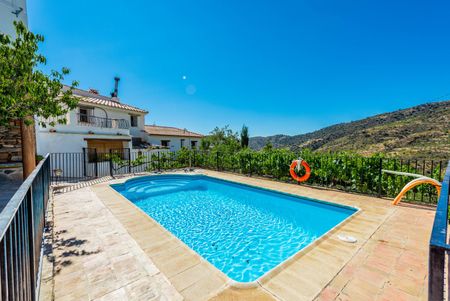
The town of Mojacar is one of the prettiest towns in Spain. Now you know why!
Have you ever been to Mojacar? What has impressed you the most? Tell us in the comments!
Copyright: Mijas Town Hall, Tourism department; Shutterstock


 (37)
(37)